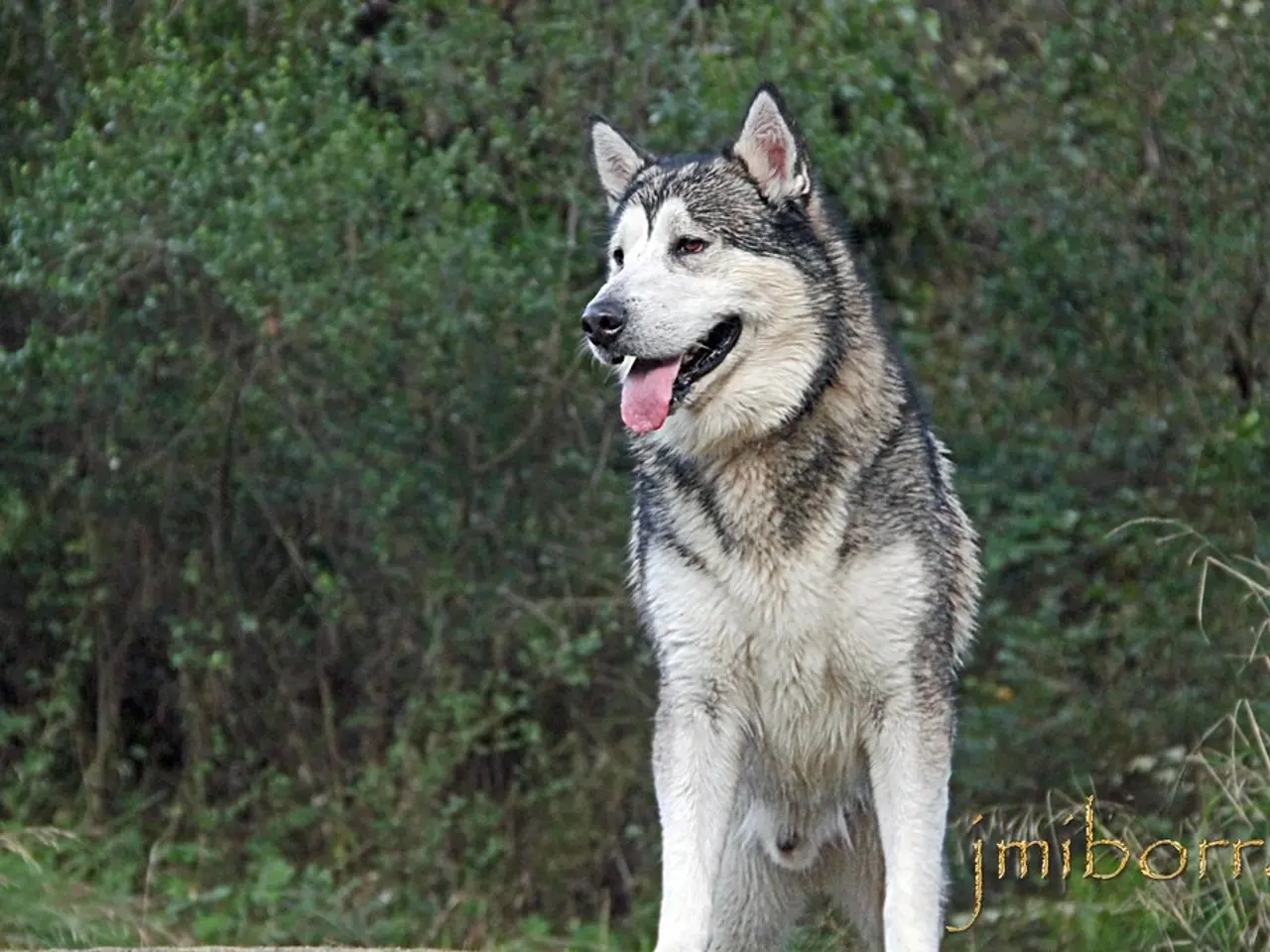Troublemakers from Liberal Media Continue Assault on Pets - Yet Again
In the realm of environmental discourse, a recent debate has emerged surrounding the impact of our beloved pets - cats and dogs - on the environment. A New York Times article titled "We Love Our Dogs and Cats. But Are They Bad for the Environment?" has sparked controversy, with some arguing that it oversimplifies the issue and misplaces responsibility.
The article, penned by real estate writer Brad Hargreaves, discusses the growing trend of cities being redesigned to cater to the needs of pets and their owners. Particular focus is given to dog parks, which are the fastest growing type of urban public park in the US, with nearly a thousand dog parks across the hundred largest cities in the country.
However, the article does not delve into the specific environmental impact of these parks. Instead, it highlights the broader impacts of pet ownership and pet-related emissions. Cats and dogs, it is argued, contribute to environmental harm through their greenhouse gas emissions (about 0.39 tonnes of CO2 equivalent per pet per year) and their effect on wildlife.
Cats, in particular, are significant predators of wildlife, responsible for killing at least 2.4 billion birds per year in the United States alone. This makes them a leading human-related threat to birds after habitat loss. The density of pet cats far exceeds that of wild bobcats, disrupting natural predator-prey balances.
On the other hand, the essay does not mention any negative impact of dogs on wildlife or the environment. It is also worth noting that the article did not provide any statistics on the impact of cats killing mice on other wildlife, such as owls.
The Times article also mentioned that pets, such as cats and dogs, consume a large amount of meat. This contributes to their carbon footprint, as meat production is a significant contributor to greenhouse gas emissions.
Previously, dogs were labeled as "environmental villains" by the ultra-liberal outlet Mother Jones. However, it is important to note that blaming political groups who create more dog parks oversimplifies the issue; the creation of dog parks is a relatively small factor compared to the broader impacts of pet ownership and pet-related emissions.
The increase in pet ownership since COVID-19 added about 1.3 million tonnes of CO2e annually in the UK, equivalent to emissions from roughly 740,000 cars in 2019. This increase is due largely to more cats, dogs, and rabbits being adopted (about 3.1 million more pets) and some pets gaining extra weight, which raises their carbon footprint further.
In summary, while cats and dogs do have a notable negative environmental impact, larger systemic factors - such as the sheer number of pets and how they are fed and cared for - are more impactful than localized developments like dog parks. The idea of "Libs who create dog parks" being "villains" does not align with the evidence and misplaces responsibility.
For more information, please contact [email protected].
Social-media users might argue about the environmental impact of pet-related activities, with some pointing fingers at dog parks as a significant contributor to CO2 emissions. However, these localized developments pale in comparison to larger systemic factors, such as the sheer number of pets and the way they are fed and cared for, which have a more substantial environmental impact (pop-culture).
Entertainment media might sensationalize the debate with labels like "environmental villains" for political groups involved in creating dog parks, but these create misplaced responsibility (bet).






